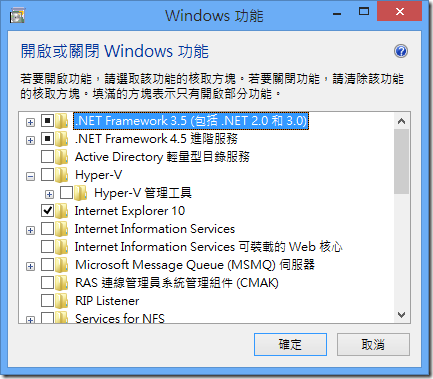
Let’s take a look at some of the top use cases for Microsoft Hyper-V: 1. They can also use Client Hyper-V to troubleshoot production environments by exporting VMs on their devices, or configuring a Hyper-V virtual machine and then exporting it onto a production server. IT professionals and developers often use Client Hyper-V to create test environments on their individual machines to test software on multiple OS. Since Windows 8, client Hyper-V has remained a part of Windows Desktop operating systems (Professional and Enterprise Editions). Client Hyper-VĬlient Hyper-V is a trimmed down version of the Server Hyper-V, which lets you create VMs on laptops and desktop machines. As you might expect for a free download, there are no Windows VM licenses included. Unlike Hyper-V for Windows Server, it lacks a centralized management tool/console. It offers no graphical user interface (GUI) and works through Command Line Interface only. But there are limitations with Microsoft Hyper-V Server.


This is a stand-alone free download of Hyper-V from the Microsoft Download Center. For any other operating system, the licensing rules pertaining to that particular OS apply.Īs long as the above mentioned licensing rules are followed, up to 1024 VMs can be created. With the Standard Server, up to two VMs can run Microsoft Standard Server OS while the Datacenter edition gives the right to use any number of Windows Server OS on the guest VMs. There is no licensing fee to use this add-on, however, there are additional licensing rules with regards to the number of guest VMs running Windows Server OS. This is an optional add-on to the Microsoft Windows Server Operating System (Essentials, Standard, and Datacenter Editions). Currently, there are three variants of Hyper-V: Hyper-V for Windows Server The first version of Hyper-V was introduced in Windows Server 2008 and has since been released with every version of Microsoft Windows Server. However, unlike the guest operating systems, the host OS has direct access to the hardware resources. Even the host operating system runs on top of Hyper-V. Hyper-V runs directly on the host hardware and manages the OS running on the server. The host Windows OS runs in the parent names as parent partition or root. It makes logical units of isolation or, “partitions”, in the host server which are then used to create virtual machines.

It then assigns the allocation and management of these hardware resources to the guest operating systems. Hyper-V forms a layer of abstraction between the underlying hardware and the virtual machines. Each VM then becomes capable of running its own operating system and applications. Hyper-V lets you share the underlying hardware resources (processor, hard drive, memory, etc.) across virtual machines (VMs) by assigning them virtual resources. Hyper-V is Microsoft software that virtualizes a single hardware server into multiple virtual servers/machines.


 0 kommentar(er)
0 kommentar(er)
